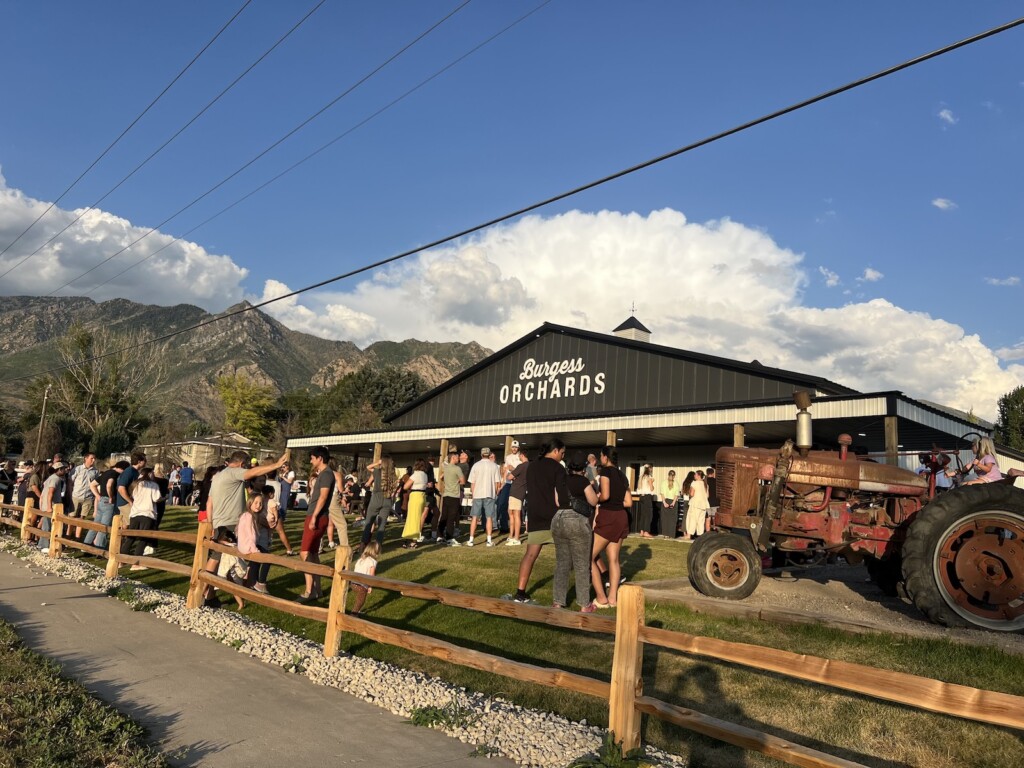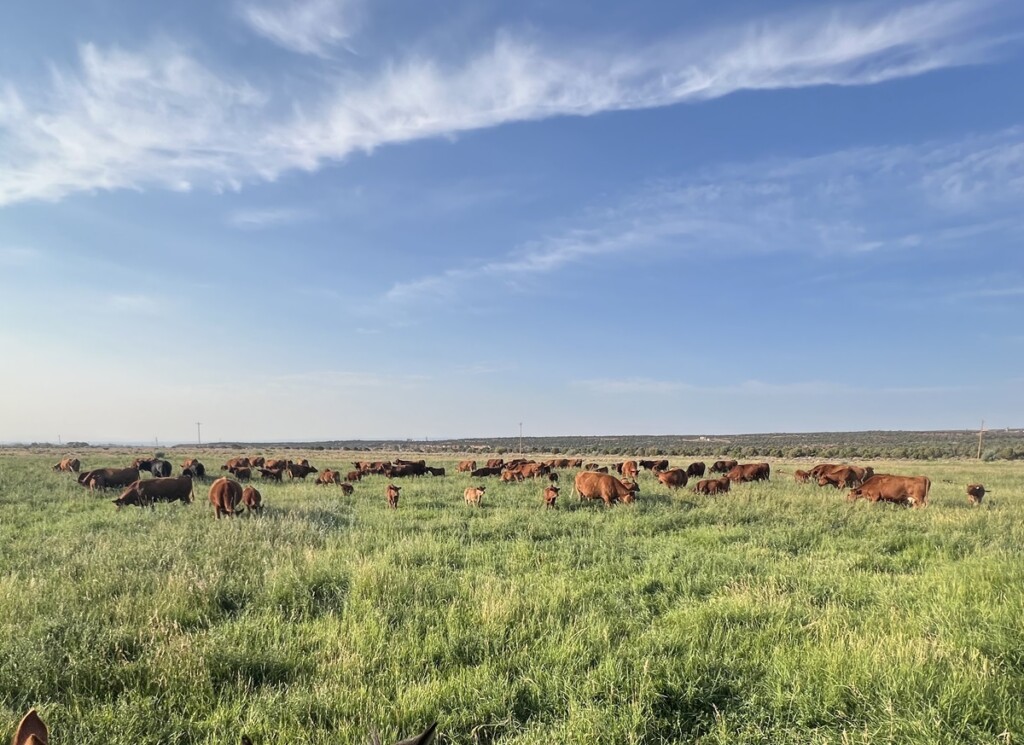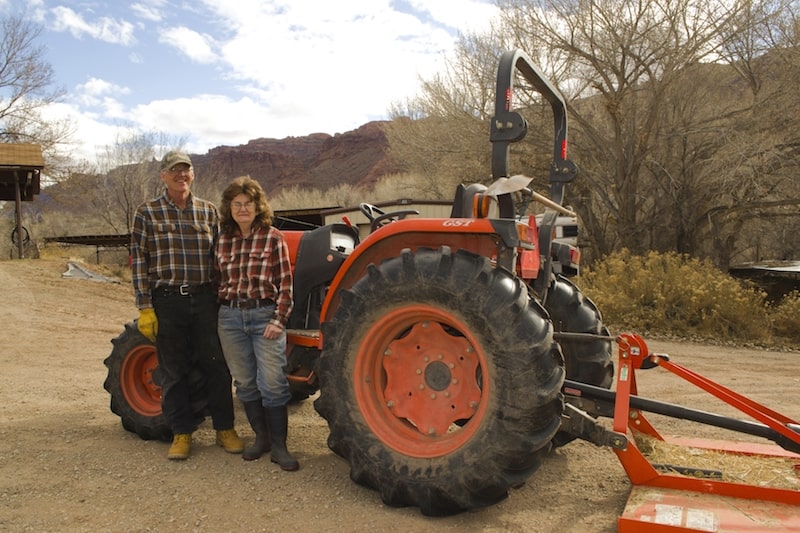
Her curly, vibrant red hair betrays her sensitive skin, but Mary Engleman just puts on her long-sleeved flannel shirt and wide brimmed hat to protect her from the unrelenting desert sun. To those who work in a climate-controlled office, the thick clothing would seem to only trade a burn from the sun for a slow, insulated roasting. But farm work weeds out the weak, and for those tough enough to endure, it tempers their mettle.
Mary recalls that, “When I was young, cowboyin’ and feedin’ the animals held a lot more interest for me than housework. I decided I was probably my dad’s best cowboy, even though he had three sons.”
In a small town there is always a surname that everyone recognizes. It is a name that belongs to an original settling family that has thrived over time through generations of hard work. Henry Holyoak originally homesteaded this land in 1884, and his land has been divided up among his progeny ever since.
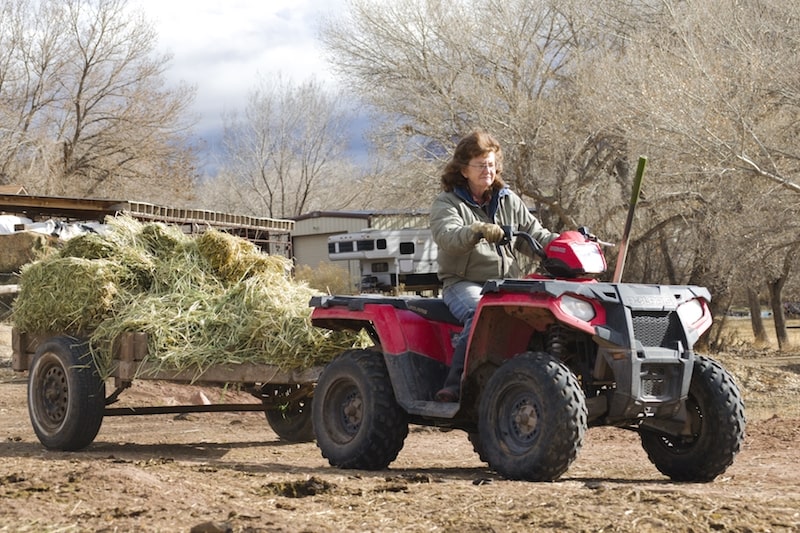
The Holyoak stock produced Mary, and she is a prime example of those who helped shape the once-wild deserts of the west. She grew up working this farm close to downtown Moab, and she has a sense of identity that ties her to that town, that desert, and that family name. She would say she is keeping four generations of Holyoak family tradition alive.
In that spirit, at an age where many would be leaning toward retirement, she and her husband Dave are still hauling hay, mending fences, and branding the twenty head of cattle they raise.
“We chose to build our house in the middle of a hayfield, making us responsible for caring for the land around us. In order to have cows, you need hay, and even though making hay is not my favorite thing to do, it has to be done,” Mary says.
She sums up her portrayal of who she is in a way that ties herself, her faith and the land together. “I guess my philosophy would be like the primary song, Give, said the little stream. “I’m small I know, but wherever I go, the grass grows greener still.” Mary’s husband, Dave, would agree, noting that, “She just HATES a dry patch in the field!”
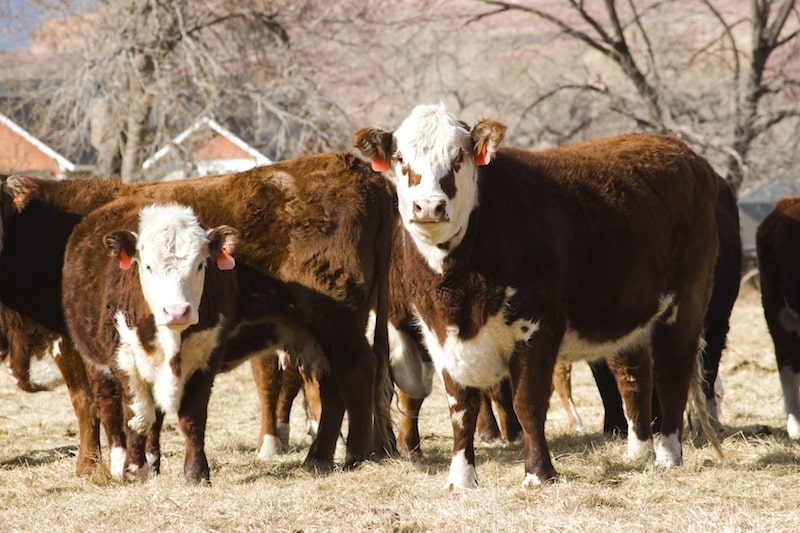
Farms like Mary’s sustain society from behind the scenes. They may be small. They may not garner the attention of a new rocket taking people to space, but they feed the folks who build those rockets.
Mary and Dave, along with countless other small farms and farmers across the US, create a combined network that makes a huge impact on the food supply of our nation and puts a few dollars in the pockets of family farmers. These dollars may help fix a broken tractor and allow a lifestyle to continue — one that still ties folks like Mary to the earth from which we all came. It isn’t enough to live on these days, so her husband Dave also works for the BLM, protecting our wilderness from forest fires.
Much of Mary’s motivation comes from her dedication to the farm and the family legacy. Her farm was designated a Utah Centennial Farm, which, according to the Deseret News, “recognize[s] farms or ranches that have been in continuous operation by a family, its descendants and in-laws for a full century.”
When Easter Jeep safari comes around and the whole town of Moab turns into a mob of tourists, most of the locals shield themselves in their homes to wait out the madness. But a handful of off-roaders will inevitably make a wrong turn, past the creek and the trees, and end up transported back in time to the farming town that existed before the era of adventure junkies.
There is a good chance that before Google re-routes them, they will see Mary, up on her tractor in the middle of a field of green alfalfa, in her wide hat, flannel shirt and mud boots, backdropped by the iconic red sandstone cliffs that frame her farm and the town her family helped to build.
All her children have moved away to seek their fortunes elsewhere, so the destiny of Mary’s grandfather’s legacy will not be known beyond her generation. But as long as she still has the grit to wade into a freezing creek to free a stuck calf in the middle of winter, this farm of hers will continue on.
She is a vital part of this valley that was carved by the Colorado River eons ago.
Subscribe to Utah Stories weekly newsletter and get our stories directly to your inbox


